Tansy
$4.95
Tanacetum Vulgare
- Seed count 1000
- Repels insects
- Perennial
In stock
Description
Tansy, sometimes called “Bitter Buttons” or “Golden Buttons”, is one of those old-world plants that deserves a place in every backyard. It’s a fast-growing, hardy perennial that all but thrives on neglect. Plant it once, and you’re set for years. It pops up with vigour in spring, grows tall and narrow through the warmer months, and puts on a bold yellow show with its button-like flower clusters in summer. Then, as autumn rolls in, it quietly dies back to the ground—only to reappear again with fresh green energy the following spring.
Its fern-like, deep green foliage carries a strong camphor scent that naturally deters a host of insect pests such as flies, ants, moths, and beetles. That alone makes it a worthy companion near the vegie patch, where its scent works overtime to mask the delicious aroma of your leafy greens and brassicas.
Whilst the yellow blooms are rich in nectar, making them irresistible to bees, hoverflies, and other good bugs that help balance the garden’s ecosystem. If you’ve been wanting to attract more beneficial insects and pollinators, planting a patch of tansy is a simple, beautiful way to do just that.
Tansy has a distinctive upright form with finely divided, ferny leaves that give it a bit of an ornamental look. It’s a natural fit in informal spaces like cottage gardens, herb spirals, or along fence lines. It doesn’t need rich soil, doesn’t mind a bit of dryness once it’s established, and isn’t too picky about sun or part-shade. In fact, it thrives in rough spots where other plants might struggle.
Toxicity Notes (Especially Around Livestock & Kids)
While tansy has historical uses in folk medicine and as a natural insecticide, it is toxic if ingested in large quantities, particularly the compound thujone. Be cautious around:
- Livestock and poultry
- Pets
- Small children who like to explore with their mouths
Tansy demands respect but rewards with low-maintenance pest control and ecological benefits. By prioritizing containment and safety, Australian gardeners can harness its strengths responsibly.
| Method: Set seedlings | Soil Temp: 10°C - 25°C |
| Cool Mountain: Nov - Dec | Position: Full sun |
| Arid: Aug - Jan | Row Spacing: 70 cm |
| Temperate: Sep-Nov, Mar-Jun | Planting Depth: 1 mm |
| Sub Tropical: May - Oct | Harvest: 130 days |
| Tropical: Jun - Aug | Plant Height: 2 m |
🌼 Tansy Grow Guide
Tansy is a hardy, aromatic perennial that’s as pretty as it is useful. Known for its feathery foliage, clusters of button-like golden flowers, and strong insect-repelling qualities, tansy’s been grown in cottage gardens for centuries. While it’s often grown as a companion or pest deterrent, it also attracts pollinators, adds height and texture to borders, and even makes a curious addition to cut flower arrangements.
🥕 SOWING TANSY FROM SEED
🌱 Starting in Trays
If you’re in a region with cold winters or heavy clay soils, starting in trays is a great way to give tansy a strong head start:
- How to Sow:
- Use a good quality seed-raising mix in punnets or trays.
- Sow thinly on the surface and gently press the seeds in.
- Do not cover as tansy seeds need light to germinate.
- Mist gently and keep moist but not soggy.
- Place in a bright, warm spot (~10 – 25°C) with indirect sunlight.
- Germination Time:
Typically 10–21 days. - Transplanting:
Once seedlings have 2–3 sets of true leaves and the weather is settled, harden off for a few days. Then plant out into the garden, spacing about 30–40cm apart.
🌿 Direct Sowing
Tansy can be direct sown in the garden, especially in mild climates or once the risk of frost has passed.
- How to Sow:
- Choose a well-drained, sunny position.
- Rake the surface fine and level.
- Scatter seeds lightly and press them into the surface but don’t bury them deeply.
- Water gently with a fine spray.
- Tip: Mark the area or mix seeds with a little fine sand to help you sow more evenly.
☀️ GROWING CONDITIONS
- Light: Full sun is best. Tansy tolerates some light shade but flowers more with good light.
- Soil: Well-drained soils are essential. Sandy or loam soils are ideal. Avoid waterlogged ground.
- Water: Once established, tansy is drought-hardy. Water young plants regularly, but back off once they’re growing well.
- Maintenance:
- Deadhead spent flowers to prevent self-seeding.
- Cut back hard in winter or after flowering to keep growth bushy.
- Mulch around the base to suppress weeds and retain moisture.
🌼 COMPANION PLANTING WITH TANSY
Tansy is famous for its strong aroma, which can repel pests like aphids, ants, cabbage moths, and fruit fly. It also attracts beneficial insects like ladybirds and predatory wasps.
🌿 Best Companions:
- Fruit Trees – Tansy is often planted near apples, peaches, and citrus to deter codling moth and fruit fly.
- Brassicas – Broccoli, cabbage, and kale benefit from tansy’s pest-repelling powers.
- Roses – Tansy helps repel aphids.
- Cucumbers and Pumpkins – Helps ward off squash beetles and ants.
🚫 Avoid Planting With:
- Beans and legumes – Tansy may stunt their growth.
- Delicate herbs like basil or chervil – can be overwhelmed by tansy’s vigorous growth.
🌸 Pro Tip: Tansy can be a little boisterous so plant it in a contained bed or use edging to keep it from spreading too far.
🌻 HARVESTING & USING TANSY
- Flowers: Pick when fully open, usually from late spring to mid-summer. Great for dried arrangements.
- Foliage: Harvest leaves as needed for insect repellent sprays or compost activators.
- In the Home: Dried tansy was traditionally used in sachets to deter pantry moths and fleas.
🌾 SEED SAVING GUIDE FOR TANSY
Tansy is generally propagated from division, but it does set viable seed if left to flower fully.
🌼 How to Save Tansy Seed:
- Let Plants Flower and Set Seed:
- Allow several flower heads to remain on the plant until they turn brown and dry.
- Harvesting Seed Heads:
- Once the flower heads are completely dry, snip them off on a dry day.
- Place heads in a paper bag or on a tray to finish drying in a cool, shaded place indoors.
- Cleaning the Seed:
- Rub flower heads gently to release seeds.
- Winnow or sift to remove chaff. Tansy seeds are small, dark, and narrow.
- Storing:
- Label and store in a paper envelope inside an airtight container.
- Keep in a cool, dry place away from sunlight.
- Viability: Tansy seeds will remain viable for 3 – 4 years if stored well.
👩🌾 Seed Saving Notes:
Tansy can cross with wild or ornamental varieties if grown nearby, so if you’re saving seed for purity, grow just one variety in your space or isolate by distance.
Postage Charge
Orders under $30 attract a $4.95 shipping charge. Orders $30 and above have free shipping.
Order Times
Seed orders are normally dispatched within three business days. You will receive an email when seeds are mailed out.
Postage Days
Seeds are mailed out Monday to Friday at 1pm. Except for the Friday of long weekends.
Postage Times
WA 2-3 Days: SA,NT 3-5 Days: NSW, ACT, QLD, VIC: 5-7 Days
Carrier
We use Australia Post Letter Postage for the majority of orders
Not only are our seeds packed in recycled paper envelopes, we keep the theme going when we post out website orders. To protect your seeds from moisture and the letter box munchers (snails), we use a very special plastic free material made from plants. They are then put into recycled mailing envelopes. Green all the way 💚🌿

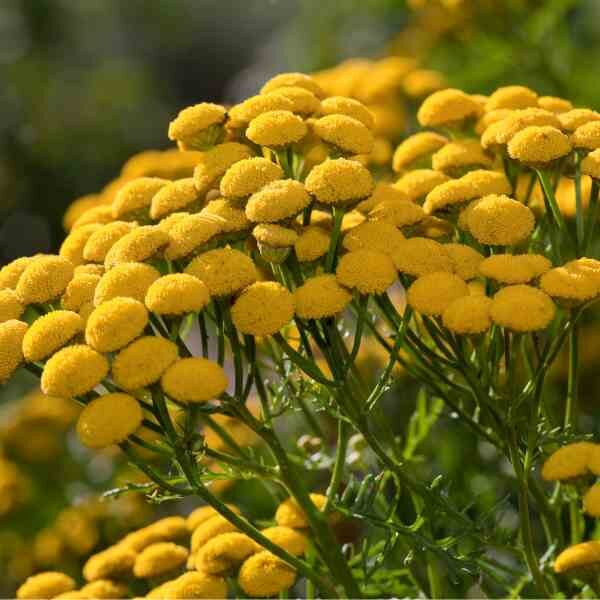





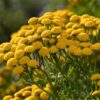



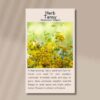



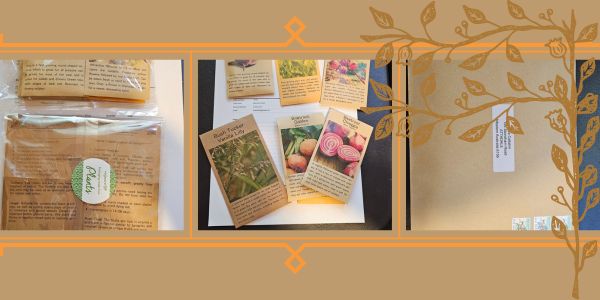
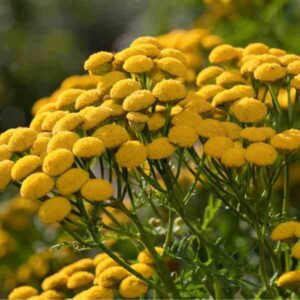
Haven’t planted yet